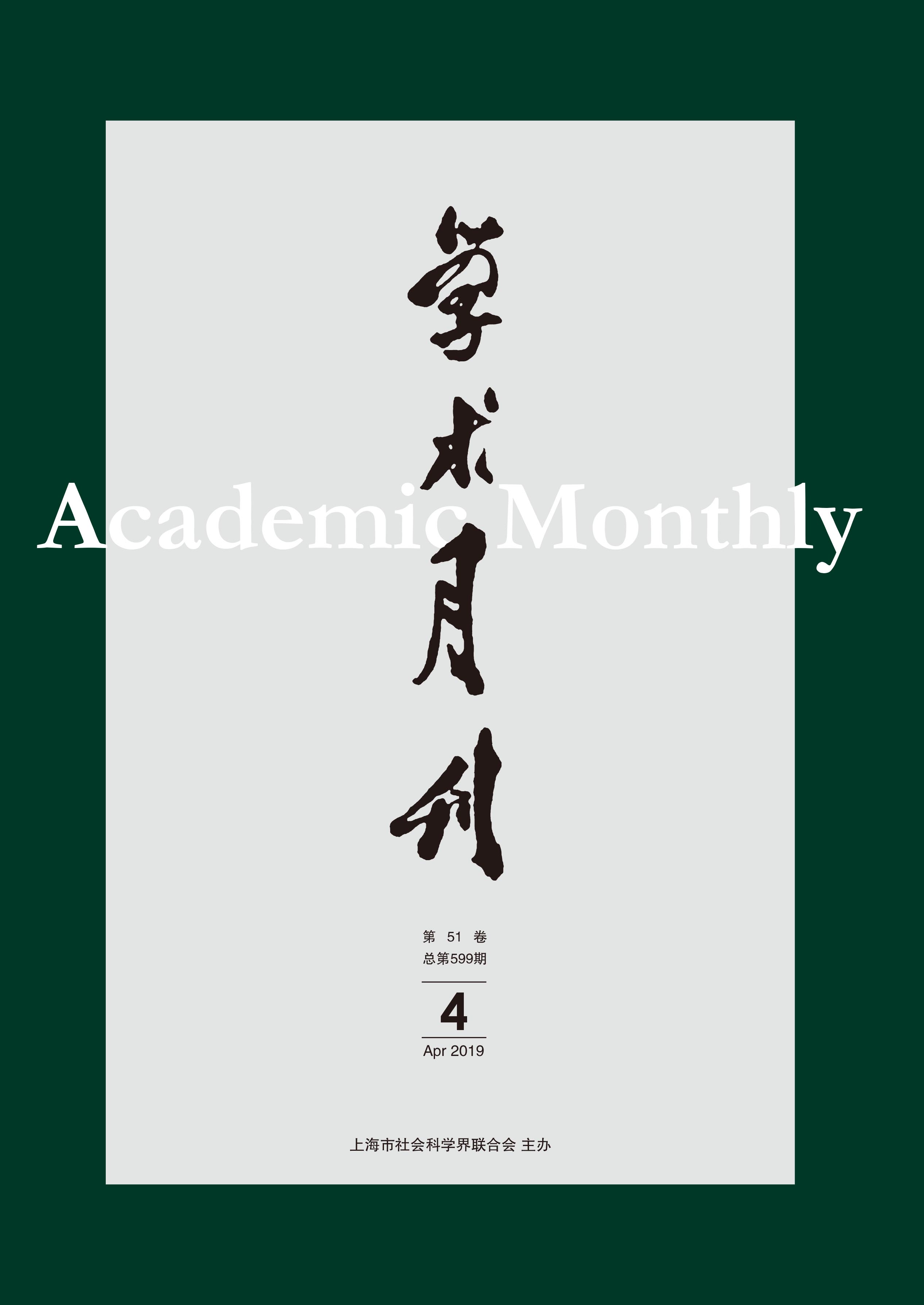-
[1]
He Da’an
, Yang Yijun
. . Academic Monthly,
2018, 50(5): 68-77.
-
[2]
Jie WEI
, Hao WANG
. On the Financial Risks and Their Prevention in Current China’s Economy. Academic Monthly,
2018, 50(11): 38-44.
-
[3]
Yangzhou YUAN
, Zhigang YUAN
. House Prices, Land Revenue and Macroeconomic Performance. Academic Monthly,
2019, 51(7): 31-42.
-
[4]
. . Academic Monthly,
2016, 48(04): 54-62.
-
[5]
Taofu ZHANG
, Hua JIANG
. Risk Cognitive Bias and the Media in Risk Context. Academic Monthly,
2020, 52(9): 150-158.
-
[6]
Kangzhi ZHANG
. Questioning Participatory Decision-making by Risk Society. Academic Monthly,
2022, 54(5): 71-81.
-
[7]
Yuefeng CHEN
. Regulating Risk Administration from the Perspective of the Law of Administrative Action. Academic Monthly,
2020, 52(6): 98-110, 97.
-
[8]
Yongqian TU
, Ziyue LUO
, Xiafeng HU
. The Information Security Clearance System in Americaand Its Inspiration. Academic Monthly,
2019, 51(8): 65-77.
-
[9]
Yong REN
. The Problem-driven, Theoretical Sources and Academic Construction of Social Public Security Research. Academic Monthly,
2019, 51(3): 70-81.
-
[10]
Zhao CHEN
, Dongsheng DENG
. The Development, Risk and Regulation of Internet Finance. Academic Monthly,
2019, 51(12): 42-50.
-
[11]
Canfa WANG
, Yutong WANG
. Research on the Jurisprudence, Risks and Regulation of Judicial Application of “Green Principle”. Academic Monthly,
2023, 55(3): 93-107.
-
[12]
Wei CHEN
, Xiaogang WU
. Social Structure and Subjective Class Identification. Academic Monthly,
2023, 55(4): 127-139.
-
[13]
,
. . Academic Monthly,
2017, 49(08): 68-79.
-
[14]
,
. . Academic Monthly,
2017, 49(11): 34-48.
-
[15]
Xianliang FENG
. State and Local Interaction: The Taxation Problem and Its Political Regulation in Jiashan County Society in the Late Ming Dynasty. Academic Monthly,
2023, 55(4): 181-195.
-
[16]
Huping SHANG
. The Endogenous Risks of the Bureaucratic Organization and their Prevention and Control during the National Governance Modernization. Academic Monthly,
2022, 54(1): 83-97.
-
[17]
Conglai FAN
, Jian LIN
, Yijiang CHENG
. Macro Prudential Management and Micro Prudential Regulatory: Construction of Policy Coordination Mechanism. Academic Monthly,
2022, 54(9): 35-45.
-
[18]
TIAN Ping
. Macroscopic Resource Allocation Theory and the Empirical Research on China’s Development. Academic Monthly,
2023, 55(12): 52-61.
-
[19]
Sheng LI
. Legal Rhetoric in Social-Historical Context: Macro Function under the View of Community Construction. Academic Monthly,
2021, 53(9): 113-128.
-
[20]
Wei MAO
. Economic Performance of Institutional Change. Academic Monthly,
2020, 52(5): 62-71.




 沪公网安备 31010102003103号
沪公网安备 31010102003103号 DownLoad:
DownLoad: